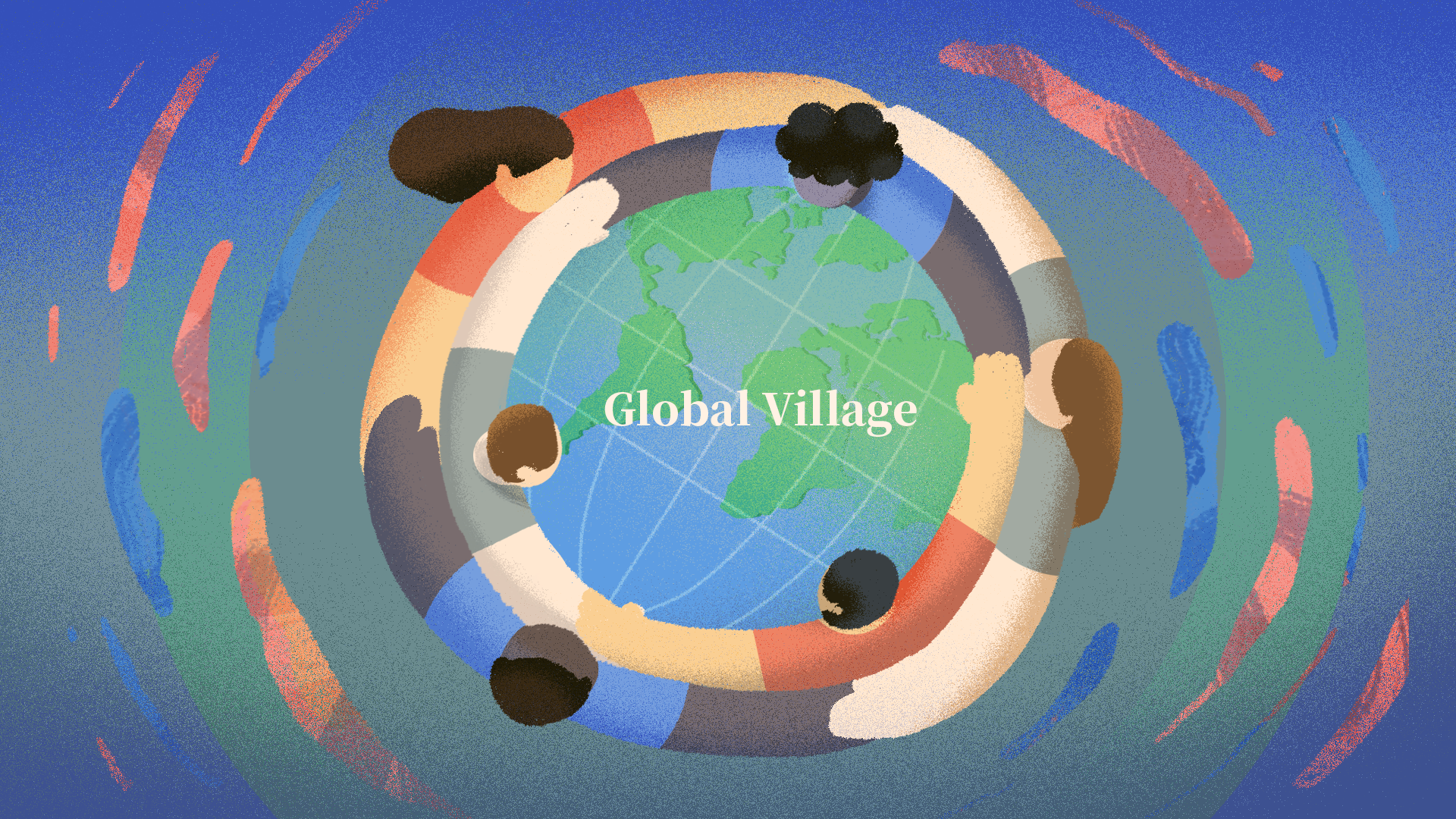Real Challenges and How to Design Proper Coping Strategies for Building a Community of Shared Future for Mankind *
Ren Jie[1]

[Abstract] Building a community of shared future for mankind together is a realistic requirement and the only choice for the survival and development of human beings. Building such a community not only represents the general trend of historical development, but also is of a historical necessity. However, this goal cannot be achieved overnight, and it needs to go through a long-term and tough process. Under realistic conditions, building a community of shared future for mankind faces not only the challenges resulted from the differences in strategic thinking, in cultural values and in comprehensive strength between countries around the world, but also the conflicting core interests. It is necessary to rationally and objectively understand these challenges, and we should put forward targeted coping strategies, seek opportunities in crises, and open up new situations while facing profound changes, better draw on advantages and avoid disadvantages, and advance the building a community of shared future for mankind substantively, and stably.
[Keywords] Community of shared future for mankind, national strategic thinking, comprehensive national strength, core interests of a country
As an important part of Xi Jinping Thought on socialism with Chinese characteristics for a new era, Xi Jinping proposed the concept of a community of shared future for mankind, as a strategic and forward-looking global governance plan and vision, which profoundly reflects the CPC’s deep understanding of the laws of human social development and highlights the Chinese sense of historical mission and responsibility to “seek for world harmony”.
With the deepening globalization and changing global environment, the concept of the community of shared future for mankind has become increasingly popular in international community and widely accepted by countries, and it has been written into the important documents of UN Security Council and Human Rights Council, as the greatest common divisor that embodies the common values and joins efforts to create a better life for mankind. This great vision, which was hailed by Peter Thomson, president of the 71st Session of the UN General Assembly, as “the only future for mankind on this planet”[2], profoundly answered the question of “what” the people around the world are most concerned about, and “how” to deal with it. Xi Jinping stressed, “Great visions can be realized only through actions. Actions hold the key to building a community of shared future for mankind.”[3] From the day the vision was proposed, China has been trying to promote the practice of building a community of shared future for mankind. China first proposed the Belt and Road initiative and actively boosts international cooperation along the Belt and Road insisting on the principle of achieving shared growth through consultation and collaboration. Facing the global pandemic of COVID-19, China advocated and actively practiced the concept of a community of shared future for mankind in joining efforts to fight against the pandemic together, and to forge a new form of international relations featuring mutual respect, fairness and justice, and win-win cooperation. In the process of joining hands to build a community of shared future for mankind, China should grasp the general trend of historical development, and strengthen the confidence in the vision with the progress made, while fully understand the long-term, arduous nature of such practice and the realistic challenges it faces. As Xi Jinping pointed out, “Building a community of shared future is an exciting goal, and it requires efforts from generation to generation.”[4] From the perspective of the huge differences in strategic thinking and cultural values held by various countries, there is still a long way to go to build a community of shared future. Given the fact that the world is experiencing a profound change unseen in a century, although it’s the general trend for the world to become more diversified, equitable and cooperative, there is bound to be many unpredictable changes during the building of a community of shared future for mankind, causing realistic challenges. A correct understanding of these realistic challenges can be helpful to seek opportunities in crises and open up new situations in the midst of changes, so as to better advance the practice of building a community of shared future for mankind substantively and stably.
Please Download for Full Text
[1] Ren Jie, a professor at School of Marxism, University of Chinese Academy of Social Sciences and a researcher at Academy of Marxism of Chinese Academy of Social Sciences.
* The article is of the achievements of the phased and major scientific research planning project of Chinese Academy of Social Sciences’ innovative projects, Study on China’s Peaceful Development and the Building of a Community of Shared Future for Mankind (2019-22).
[2] The Concept of a Community of Shared Future for Mankind Became a Broad Consensus, People’s Daily, February 14th, 2017.
[3] Xi Jinping: The Governance of China, Volume II, Beijing: Foreign Languages Press, 2017, p. 541.
[4] Xi Jinping: The Governance of China, Volume II, Beijing: Foreign Languages Press, 2017, p. 548.
